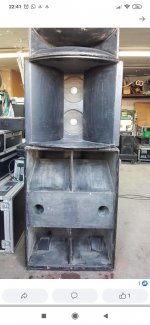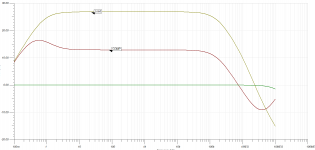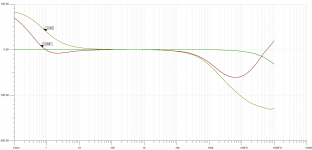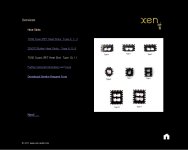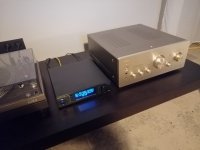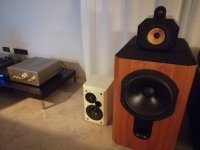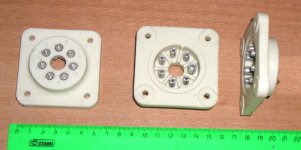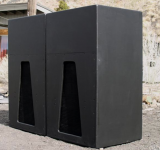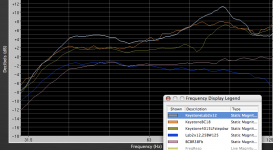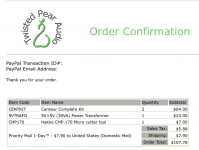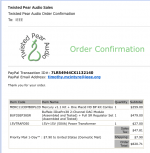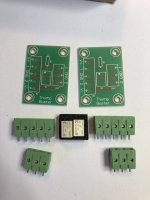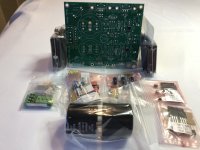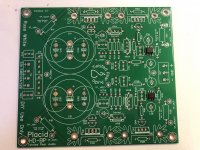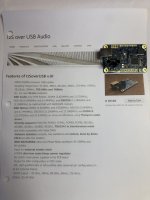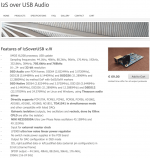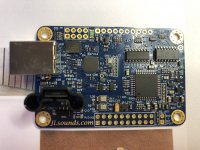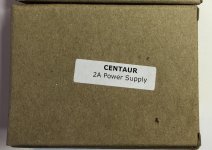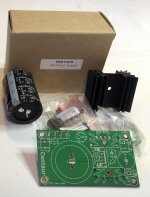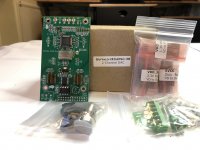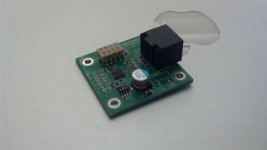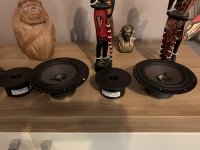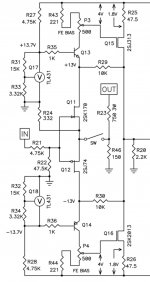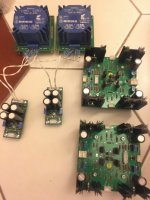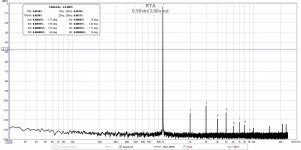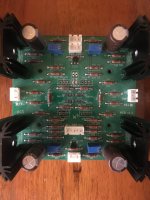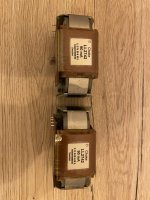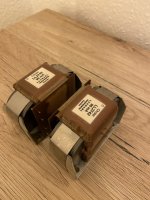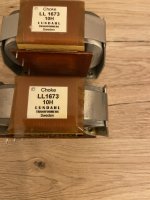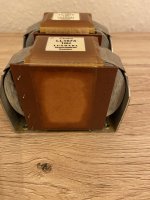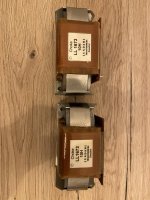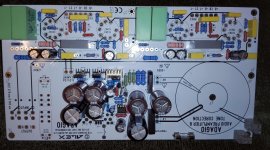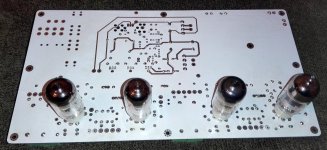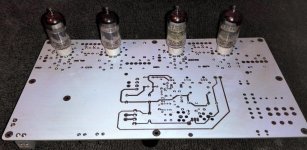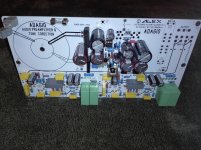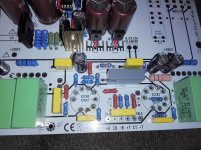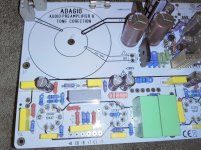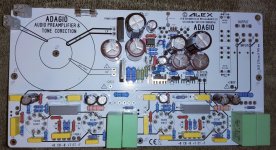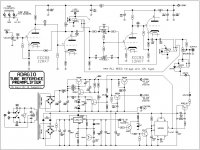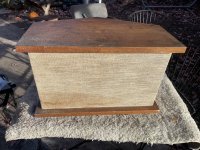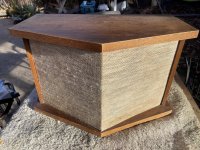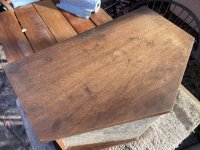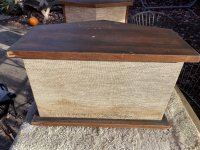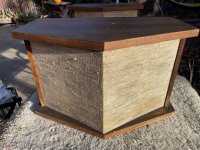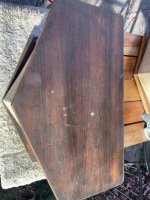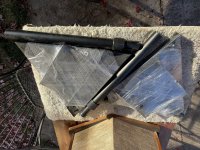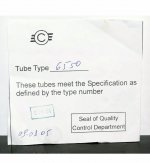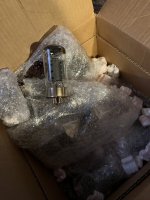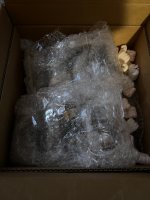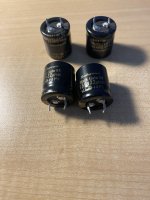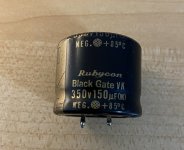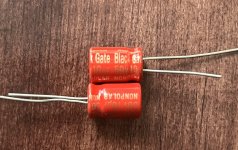I recently picked up a bunch of those cheap JBL GX1200 drivers for $29 and started doing little projects with them and have scrap. I've wanted to play around with the idea of tactile response and impact with near field subs and also wanted to tinker with open baffle to learn from it and measure it and see what that's all about, satisfying a lot of curiosity for a few coins. I don't know how to model open baffle or free air driver response and behavior, so I just had to build it and see what it did.
Keeping it simple, I started with a wedge that is about 22 degrees with a 30 inch tall back so that both the 12 inch drivers would fire into my chest and guts in my seating in my audio room. I ended up doing 30 inches (back) x 12 inches (base) x 0.63 inches (top) with a 31 inch face at a 22 degree slope. I gave it some braces between the drivers and in the bottom back. I wasn't sure how this would effect things but I know it needed at least some kind of bracing. All glue, no screws.
I rounded the edges and sanded it and then said, well, what the heck, and went ahead and pre-stain, stained (Early American) and then did a top coat of satin poly over this birch veneer ply scrap I have. I'm not going to see it behind a seat, but figured, if I do anything else with it it won't be bare timber.
The drivers are ugly, the red JBL 1000w logo on the dust cap is hideous. I need to find a way to replace those inexpensively. They're $29 drivers so I cannot really complain.
I did some listening first, some music and a few movie scenes. Then I did some measurements, near field on the drivers and at the listening position with room influence. Pretty interesting results.
I wired them in series so they're around 8ohm. I am powering them with a 75 watt RMS at 8ohm Dayton sub plate amp in an outboard box of its own to keep it simple. No DSP. No EQ. At least not for testing at first. It has a built in 18hz high pass filter, and I just let it keep a low pass filter of 120hz or so. Later I tested it on my NX3000 channel to give it more output and was able to max it without ever seeing clipping or signal issues at the amp, so these 250w RMS drivers together can definitely soak up 500 watts no problem. They're both 12mm xmax so together they can move quite a lot.
Overall I like them for their effect for impact and tactile response. I did a crossover in my miniDSP to test them limiting them to 45hz~100hz basically with sharp drop offs so that they're basically mid-bass modules and then maxed the volume on them. It was interesting to have the impact in gunfire scenes in John Wick, Heat, Equilibrium, etc. Lots of thump in my chest from those with this behind the seat. It made me want to re-do this with 4 drivers to get even more.
For just general music listening it surprisingly sounds great. It takes a lot of amp to get them to be loud, but at around 35 watts per driver at 1 meter it was plenty loud for me for music and was capable of digging quite deep. Deeper than I expected. I would need a lot more amp to use them in a larger room and listen at greater distance for sure, but to off set that I would rather use more drivers. That's a future project.
Here's some measurements. The top two are near field. The upper driver is in red. Really nice response from 30hz to 180hz. The drop at 34hz or so is due to the narrow wings at the top of the baffle. The bottom driver in blue. Same response, however, it has much longer wings next to its baffle and so I get the low end response from 30~34hz back. Learned a lot with just that simple bit on the sides with the baffle. For mid bass this didn't matter. For sub-bass it would matter a lot. When measuring these I referenced at 99db.
The green line is at the listening position with the room involved. Surpringly not bad, it kept bass pretty decent to 30hz. A little EQ and this could be flat. I referenced this at 90db. Ultimately this wasn't meant to do anything at 30hz or over 100hz. I just wanted to see what it would look like with the open baffle. This graph doesn't show it, but I later used a crossover in the miniDSP to set it to basically focus on 45hz to 100hz as a mid-bass slammer module.
Fires into our guts and chest behind the seats.
It's really back heavy with those magnets. It actually leans on carpet. I think I will put some small feet in the back to keep it straight to counter the weight.
Learned a bunch about open baffle with this. Will explore more. Also learned a lot about tactile response and impact. Going to focus more on this now.
Very best,
